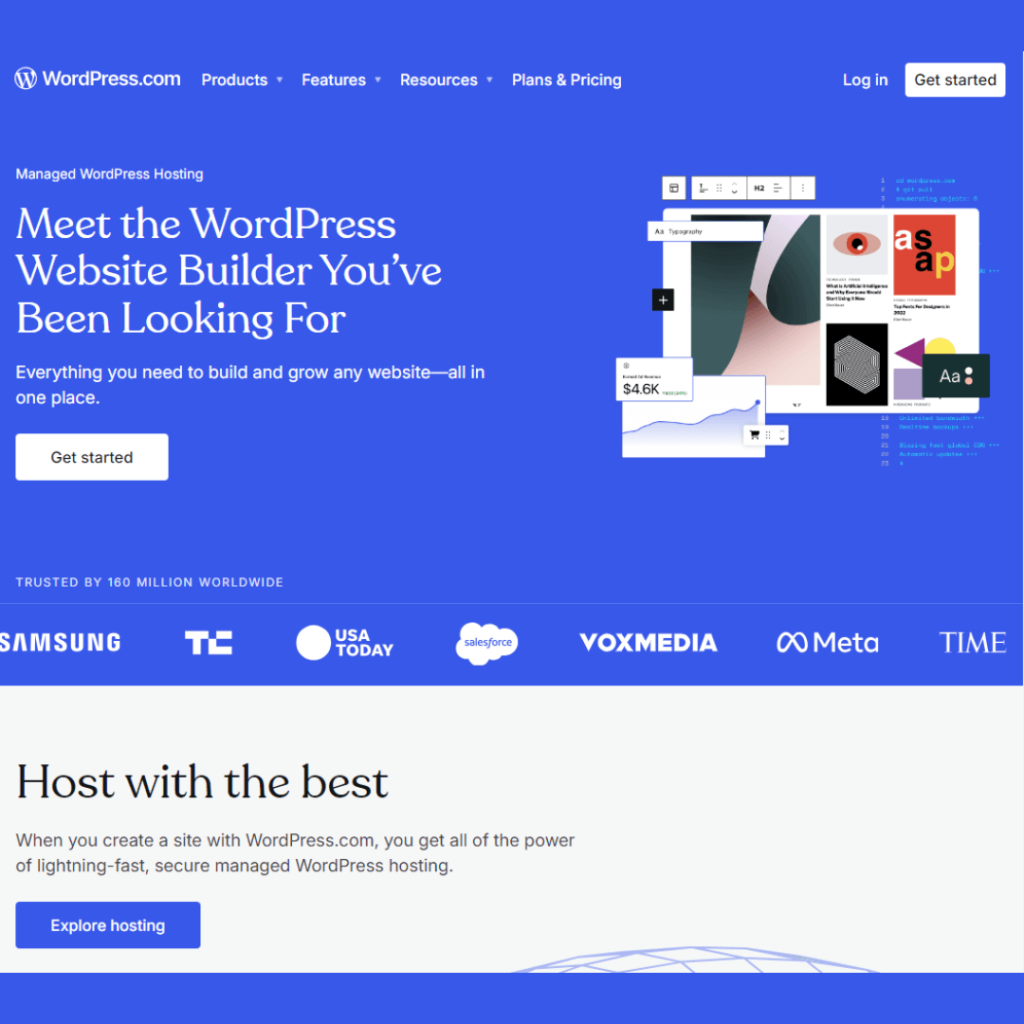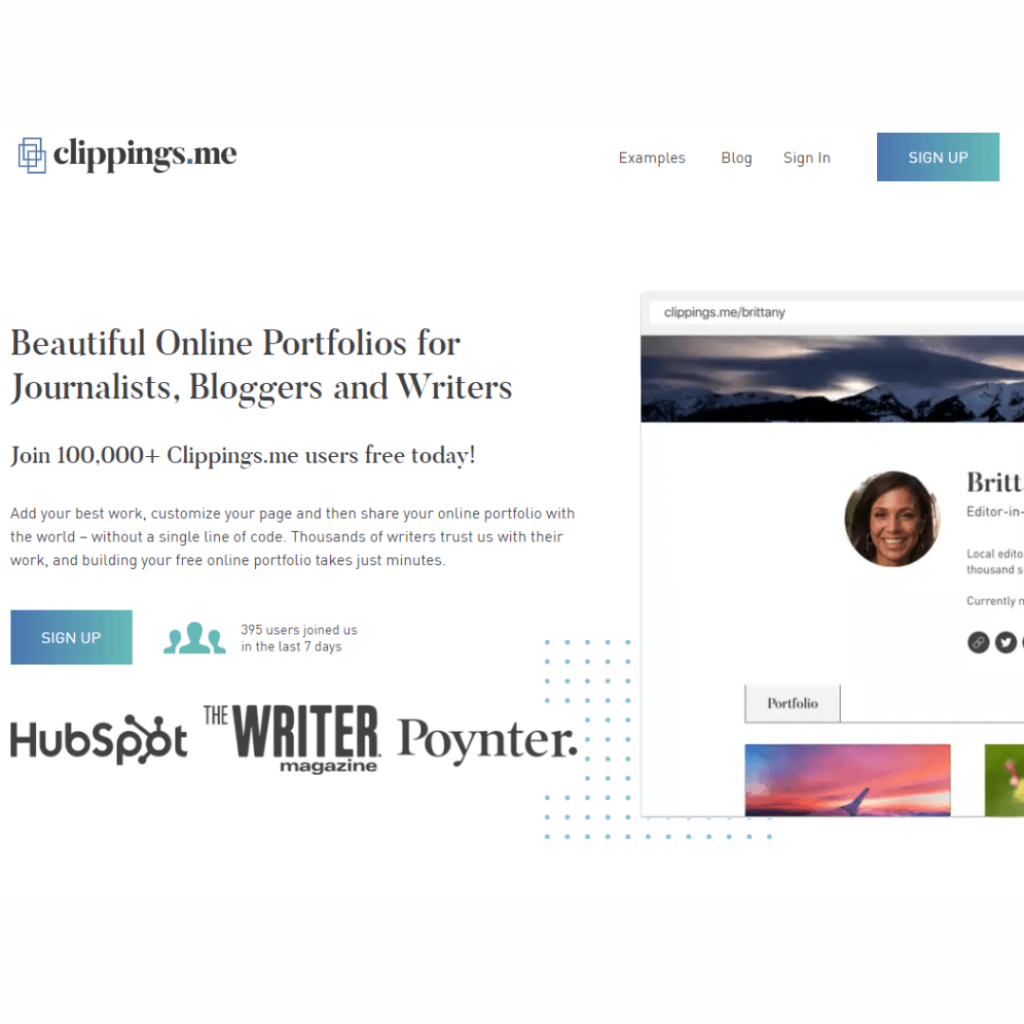
How to Create Your Writing Portfolio: A Newbie’s Guide
One of the best ways to wow a potential client is by having an impressive portfolio of your work. Whether it’s simple or elaborate in design, it’s the content that truly matters. In my previous blog, I talked about the importance of having a portfolio to help you showcase your writing skills.But I know what you’re thinking: “Adrienne, I’m just starting out. I don’t have anything to show yet!” I get it—I’ve also been in your shoes. Not to worry, I’ll walk you through on how to build your portfolio the easiest way possible.
The good news is, you don’t need 50 or 100 entries to prove your skills. All you need is the right content and the know-how to put it out there.
In this guide, I’ll show you what to include, which tools to use and where to publish your portfolio—without spending a dime! With a little creativity, effort and time, you’ll have a dazzling portfolio to kickstart your freelance writing career.
The Basics
Finding Your Focus
Before you start writing, jot down your areas of interest, your chosen niche and the type of audience you’d like to serve. Ask yourself: Where do my ideal clients hang out? How can my services meet their needs? Knowing the answers to these questions will help you tailor your portfolio to attract the right opportunities.
For example, if you have a medical background, you can consider writing for clients in the health industry—such as clinics, healthcare facilities, medical insurance companies and wellness blogs. If you’re passionate about technology, you could explore niches like SaaS content, tech blogs, gadget reviews or software documentation. Aligning your portfolio with industries you’re familiar with will not only help you write with more authority but also position you as a specialist, making you more attractive to potential clients.
But keep in mind that your background doesn’t limit you. It can just be your starting point. I started with healthcare content because of my nursing background but I eventually expanded into other niches (PR and real estate) that interested me.
Prepping your Bio
Once you’ve identified your focus, it’s time to create your bio. Keep it simple, authentic and engaging. Avoid complicated jargon—clients value sincerity and want to connect with the real person behind the words. Highlight your passion, experience (even if it’s not extensive) and what motivates you as a writer. Clients aren’t just hiring your writing skills—they’re hiring you!
If you’re just starting, mention any relevant personal experiences or hobbies that align with your niche. For example, if you love fitness, you could mention your enthusiasm for health trends and wellness content. If technology excites you, talk about your curiosity for emerging innovations. A good bio not only introduces you but also leaves potential clients with a sense of who you are, what you value and what makes you stand out as a writer.
Pro tip: Update your bio regularly to reflect your growing experience and evolving interests. Think of it as a living document that grows with you.
Creating Your Samples
After finishing your bio and listing the topics you’ve chosen, you can now start writing sample articles. Proofread your work carefully—nothing turns off potential clients faster than typos and grammatical errors. I recommend using tools like Grammarly (my personal favorite) and Hemingway to polish your content. You can also family and friends to review your drafts and ask for feedback. Aim to create 3 to 5 pieces initially. If you are feeling ambitious and can write up to 10, even better!
Here’s a pro tip: Use readability calculators to ensure your content is engaging and easy to understand. Writing isn’t just about showcasing skill; it’s about creating something readers enjoy and connect with. If your work feels flat, tweak it until it catches attention, which is why knowing your audience is crucial.
In case you’re wondering if there’s a way to earn while building your portfolio–yes, it is indeed possible. Look for local businesses or friends who need writing help. You can either offer your services pro bono or charge a small fee—call it a paid trial or paid test run, if you will. In exchange, request a testimonial to add credibility to your portfolio. That’s hitting two birds with one stone!
Where to Publish Your Portfolio
Once you’ve created a few solid samples, it’s time to publish them where potential clients can find them. If you’re doing trial work for others, always ask for permission to showcase the content online. Alternatively, you can post excerpts to pique interest without revealing the entire piece. I’ll revisit this blog and provide updates whenever I find more tools to help you create an awesome portfolio. Now let’s get started with these platforms below!
1. JournoPortfolio

This is actually one of my favorite tools that helped me land a client a few years ago. With JournoPortfolio, you can easily compile published works by linking your articles and blogs from other websites. Using the free version, you can showcase up to 10 articles. If you haven’t published anything yet, you can upload PDFs directly to your homepage on JournoPortfolio. You can take a look at my JournoPortfolio account here.
In addition, you can choose different themes for your landing page and customize it according to your taste. You can also add your social links and even upload your CV. Just take note that what you upload is publicly accessible on the internet.
2. Medium

Medium is a great platform to publish your work and grow a following. It’s user-friendly and perfect for new writers. What makes it more interesting is its network of writers and readers, which helps you access and reach new members daily. And the best part? If you become a paid member, you can even earn money from your blogs (terms may differ for each country). Writers who provide valuable insights and gain traction can see their earnings grow alongside their audience.
Curious to see what my Medium account looks like? Here it is.
3. WordPress

WordPress is another great option, especially when you’re thinking about starting your own blog. With the free versionWhile the free version has limitations, it’s still a good starting point. If you’re ready to go big, you can buy a domain, choose a hosting site and set up your own professional website.
But here’s something you need to know: setting up a self-hosted WordPress blog takes time, and I’ll admit—it can be a learning curve especially for newbies. However seeing the final product come to life is incredibly rewarding. By the way, this very blog you’re reading is powered by WordPress.
4. LinkedIn

LinkedIn isn’t just for networking—it’s a fantastic platform for writers to build their presence. You can publish blogs, engage with content, and even apply for writing jobs. Optimize your profile, and you’ll be well on your way to attracting potential clients.
One of my favorite influencers, Jasmin Alic, built a thriving writing career through LinkedIn. Take a look at his profile here for inspiration and learn from his valuable tips and tricks to boost your visibility.
5. Notion

While Notion is a powerful tool for note-taking, it also allows you to publish pages and create a sleek portfolio. I’ve been using Notion since 2023, and it’s become an essential part of my daily routine—from organizing tasks to tracking grocery lists! I even use it as one of my portfolios.
Here’s a sneak peek of my portfolio using the incredible features of Notion.
6. Clippings.me

Clippings.me is another fantastic platform for building an online writing portfolio, similar to JournoPortfolio. It’s especially popular among journalists, bloggers, and writers due to its simplicity, minimalistic design, and ease of customization. With Clippings.me, you can quickly set up a professional-looking portfolio to showcase your writing samples, complete with a personalized biography that tells potential clients who you are, what you do, and how they can get in touch with you.
One of the standout features of Clippings.me is its focus on clean, straightforward layouts that put your work front and center. You don’t need any design skills to create a polished portfolio here, making it ideal for beginners. While the platform hasn’t seen major updates in a while, it remains a trusted choice for many writers due to its reliability and user-friendly setup.
If you’re serious about keeping your portfolio organized and easily accessible, Clippings.me can be a powerful tool to help you attract clients. I’ve even set up my own portfolio on Clippings.me (although it hasn’t been updated in a while). If you’re still curious, check it out here.

The Sky’s the Limit!
There are countless platforms and tools out there to help you build your writing portfolio, each offering unique ways to showcase your talent. But no matter where you publish, remember to focus on your target audience and keep a consistent tone and voice.
A word of caution—don’t solely rely on AI-generated content. Many people can spot it instantly, and it could turn potential clients away and undermine your credibility. Instead, invest time in honing your skills and producing quality work. The more effort you put in, the more likely you are to stand out.
Keep in mind that freelance writing isn’t just about creating articles—it’s about building relationships and making genuine connections. Stay curious, keep learning, and above all, be consistent.
Good luck out there! I hope you land your first client soon. If you have any questions or need further guidance, feel free to reach out to me directly. We’re all in this together!


